- Written By Team DWS
- Festivals
- September 12, 2024
The Legend of Teja Dashmi: Myths and Stories Behind the Celebration
Teja Dashmi, a vibrant festival celebrated primarily in the northern regions of India, is steeped in rich cultural heritage and folklore. Occurring on the tenth day of the lunar month of Bhadrapada, this festival holds a special place in the hearts of devotees, marking the victory of good over evil, along with honoring the spirit of the legendary Teja. The tales surrounding this celebration illuminate beliefs, customs, and the deep connections communities maintain with their past.
The Historical Legend
The primary narrative associated with Teja Dashmi centers around the legendary figure of Teja, believed to be a brave warrior who fought valiantly against evil forces threatening his village. According to tradition, Teja was renowned for his valor, and time and again, he safeguarded his people from various tribulations. His tales of bravery and selflessness echoed through the generations, and he gradually became a symbol of resistance against oppression.
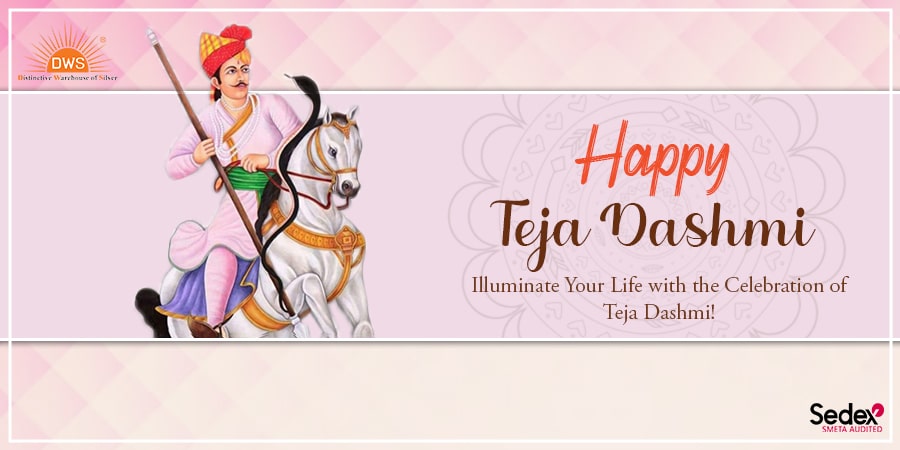
As the story goes, the villagers were once terrorized by a fearsome demon. Desperate for help, they implored Teja to protect them. Without a second thought, he took on the demon in a fierce battle that lasted for days. Eventually, with a clever strategy and unwavering courage, Teja managed to vanquish the demon, freeing his village from its reign of terror. This triumph not only solidified Teja’s legacy but also established a tradition of celebration among the villagers, leading to the establishment of Teja Dashmi.
Cultural Significance
Teja Dashmi reflects a dual significance: it is a festival of thanksgiving and a day for reaffirming community spirit. Villagers come together to commemorate their historical roots while acknowledging the brave hearts that have shaped their identities. The belief in Teja also serves to remind people of the values of courage, unity, and communal protection against adversity.
During the festivities, the villagers engage in various cultural activities, including traditional dances, songs, and theatrical performances that depict the story of Teja. Local artisans showcase their craftsmanship by creating intricate masks and effigies, symbolizing the demon Teja defeated. The day is filled with joy and camaraderie, fostering a sense of belonging among individuals within the community.
Myths and Legends
While the primary legend of Teja Dashmi is widely known, several regional myths also circulate. One such story highlights Teja's divine connection. It is believed that Teja had a celestial mentor, who bestowed upon him unique skills and wisdom to confront evil. This mentor, often associated with divine powers, symbolizes the belief that every individual possesses the potential to overcome challenges with guidance and inner strength.
Another myth tied to Teja Dashmi concerns land fertility. It is said that Teja not only protected the village from demons but also prayed for bountiful harvests. Thus, the festival is often associated with agricultural practices. Traditionally, villagers perform rituals to appease the earth goddess, seeking her blessings for a fruitful season. The festival often coincides with the harvest season, symbolizing prosperity, abundance, and gratitude for Mother Earth’s gifts.
Modern Celebrations
In contemporary times, Teja Dashmi has evolved, garnering the attention of larger audiences beyond its regional origins. The essence of the festival continues, but celebrations now incorporate modern elements, infusing old customs with new traditions. Dance competitions, food fairs, and cultural exhibitions frequently accompany the festivities. Schools and local communities organize events to educate younger generations about the significance of Teja Dashmi, ensuring that the legacy of this celebration remains alive.
The use of technology has also played a role in reviving interest in Teja Dashmi. Social media campaigns highlight the festival's myths and stories, drawing in various demographics seeking to reconnect with their cultural roots. Documentation through photography and videography makes it accessible for a wider audience, fostering an appreciation for the underlying values of bravery and community.
FAQs on Teja Dashmi in Rajasthan: Everything You Need to Know
Here are some frequently asked questions (FAQs) about Teja Dashmi in Rajasthan:
1. What is Teja Dashmi?
Teja Dashmi, also known as Teja Dashmi, is a festival celebrated in Rajasthan to honor the folk hero Tejaji. It falls on the tenth day of the Hindu month of Bhadrapada (usually in September) and marks the end of the festival of Sharad Navratri.
2. Who is Tejaji?
Tejaji is a revered folk hero and a deity in Rajasthan, known for his valor and dedication to protecting the honor of his community. He is often depicted riding a horse and is associated with several legends surrounding bravery and sacrifice.
3. How is Teja Dashmi celebrated?
The celebration typically includes processions, folk songs, dances, and various cultural activities. Villagers gather to offer prayers, especially at Tejaji temples, where devotees pay homage and participate in rituals.
4. What are the rituals associated with Teja Dashmi?
Common rituals include offerings of sweets, flowers, and incense at Tejaji temples. Many people also perform a traditional dance known as "Ghoomar," which is an expression of joy and gratitude.
5. Is Teja Dashmi celebrated only in Rajasthan?
While Teja Dashmi is most prominently celebrated in Rajasthan, the festival may also be observed in some other parts of India where the folk traditions of Rajasthan have influenced local culture.
6. What is the significance of Teja Dashmi?
Teja Dashmi symbolizes communal harmony, bravery, and the spirit of self-sacrifice. It is a day to remember and honor those who have fought for justice and protection of the community.
7. Are there any special foods prepared during Teja Dashmi?
Yes, traditional Rajasthani delicacies such as "dal baati churma," sweets like "gajak," and other local treats are often prepared and shared among friends and family during the celebrations.
8. Do people wear traditional attire on Teja Dashmi?
Yes, it is customary for people to wear traditional Rajasthani attire during Teja Dashmi celebrations. Men often don colorful turbans and dhotis, while women wear vibrant lehengas or sarees.
9. How has Teja Dashmi evolved over the years?
While the core traditions remain the same, Teja Dashmi celebrations have evolved to include more cultural programs, modern music, and even community fairs that attract younger generations.
10. Where can I experience Teja Dashmi celebrations?
Major towns and cities in Rajasthan, such as Jaisalmer, Bikaner, and Ajmer, organize grand celebrations. Visiting a local village during this festival can provide a more authentic and immersive experience.
11. Is Teja Dashmi associated with any specific legends?
Yes, there are various legends about Tejaji that highlight his bravery, connection to nature, and devotion to his community. These stories are an integral part of local folklore and are shared during the festivities.
12. Can tourists participate in the celebrations?
Absolutely! Tourists are welcome to participate in Teja Dashmi celebrations, which provide a unique opportunity to experience the rich culture and traditions of Rajasthan firsthand.
13. Are there any famous temples dedicated to Tejaji?
Yes, there are several temples dedicated to Tejaji throughout Rajasthan. One of the most famous is the Tejaji Temple located in the districts of Nagaur and Bikaner.
These FAQs should provide a comprehensive understanding of Teja Dashmi and its significance in Rajasthan. If you have any more questions or need further information, feel free to ask!
Conclusion
Teja Dashmi stands as more than just a day of celebration; it embodies a narrative that binds generations to their history. The myths and stories surrounding Teja remind us of the timeless struggle against evil, the power of unity, and the importance of courage. As communities come together year after year to celebrate this festival, they reinforce an essential truth: while the faces may change, the spirit of Teja lives on, echoing in the hearts of those who remember and honor his legacy. Through rituals, narratives, and cultural expressions, Teja Dashmi not only preserves history but also inspires a collective resilience that resonates through time.
Popular on Blogs
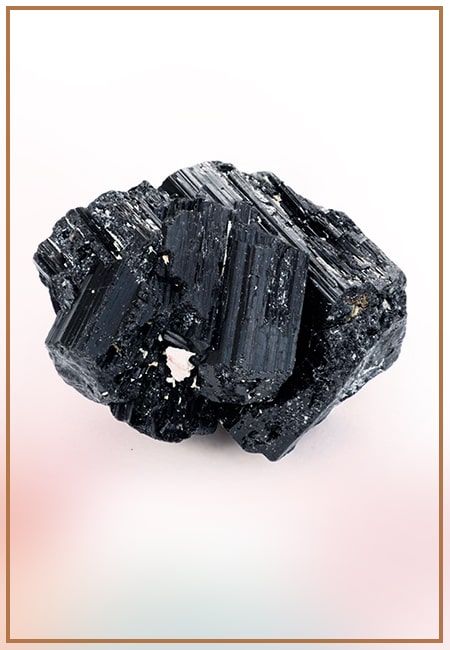
Black Tourmaline: Meaning, Healing Properties, Fascinating Facts, Powerful Attributes, Versatile Uses, and Beyond
September 05, 2023 / BY Team DWS
Black Tourmaline, also known as Schorl, is a highly revered crystal with incredible metaphysical properties. It derives its name from the Dutch word "turamali," meaning "stone with ..
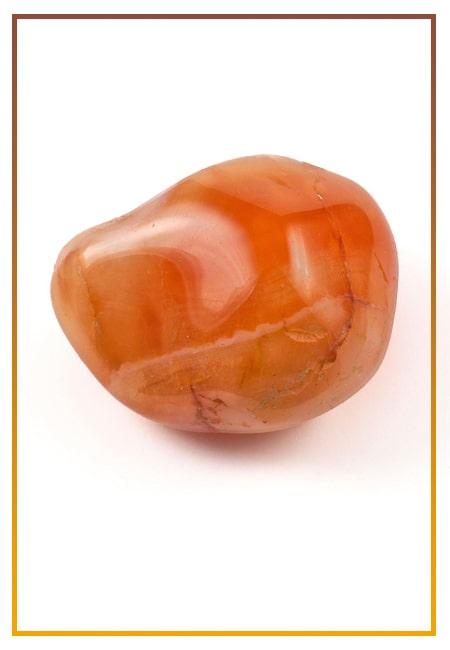
Carnelian Stone: Meaning, Healing Properties, Power, Facts, Color, Uses and More
December 26, 2023 / BY Team DWS
Carnelian is a vibrant and captivating gemstone that holds a plethora of meanings, healing properties, and powers. Its warm and fiery energy makes it a popular choice among crystal ..
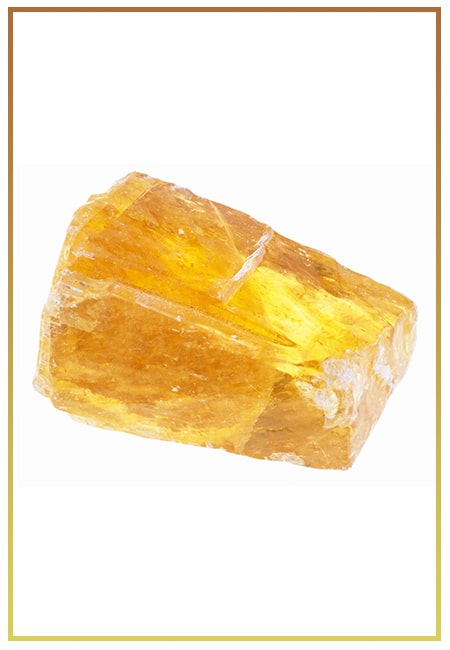
Citrine: Exploring its Meaning, Healing Properties, Fascinating Facts, Powers, Versatile Uses, and Much More
November 18, 2023 / BY Team DWS
Citrine, with its warm golden hues, has captured the attention and imagination of people for centuries. This beautiful gemstone, commonly associated with wealth and prosperity, hol ..

Black Onyx: Unveiling the Meaning, Healing Properties, Fascinating Facts, Powerful Attributes, Versatile Uses, and Beyond
July 25, 2023 / BY Team DWS
Black Onyx, a striking gemstone admired for its deep black hue and elegant appearance, has captivated people for centuries. In this comprehensive guide, we will delve into the mean ..
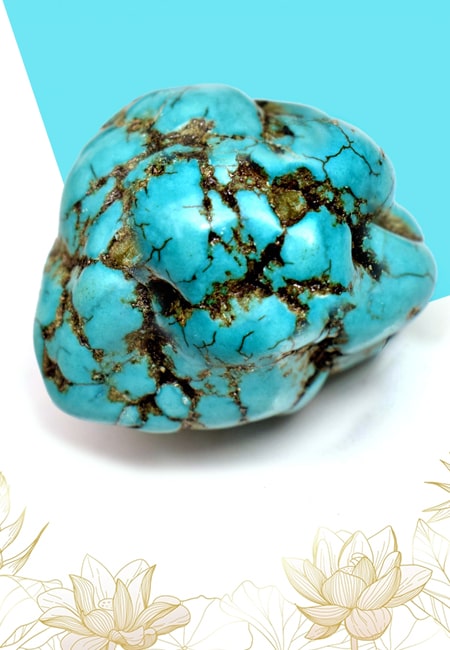
Unveiling the Mysteries of Turquoise Stone: Exploring its Meaning, Healing Properties, Power, Facts, Color, Uses, and More
December 05, 2023 / BY Team DWS
Turquoise, with its captivating blue-green hue, has been adorning jewelry and artifacts for centuries. This striking stone has a rich history, rich symbolism, and a plethora of int ..
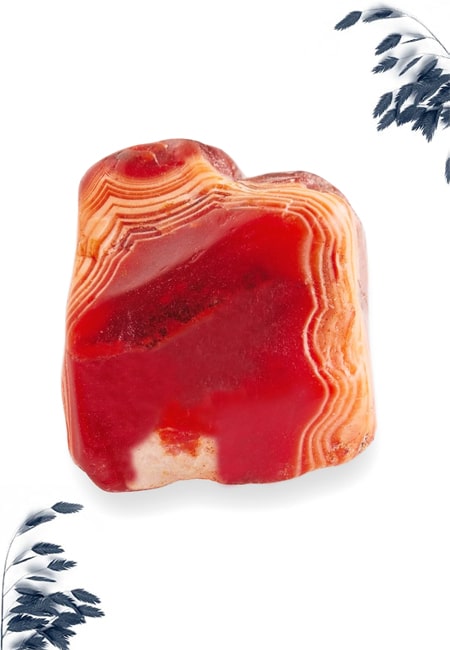
The History Behind The Popularity of Red Agate
December 23, 2022 / BY Team DWS
An Agate is a type of magma rock that takes many years till it is washed out naturally into the water. And that is the reason this stone has elements of water. This beautiful stone ..
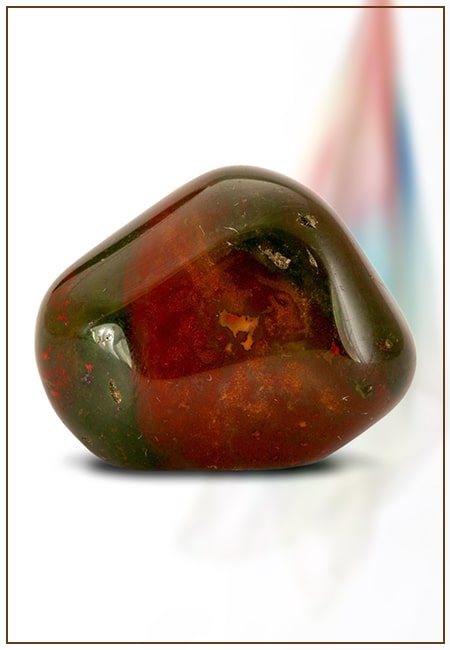
Bloodstone: Unveiling the Meaning, Healing Properties, Facts, Powers, Uses, and More
August 21, 2023 / BY Team DWS
Bloodstone, with its captivating deep green color with specks of red, is a mesmerizing gemstone that has fascinated civilizations for centuries. It possesses unique healing propert ..

Plan a Perfect Valentine's Week with Our Valentine Week List 2025
January 22, 2024 / BY Team DWS
Valentine's Day is undoubtedly the most romantic day of the year, but we believe that one day is just not enough to express your love and make your partner feel special. That's why ..


